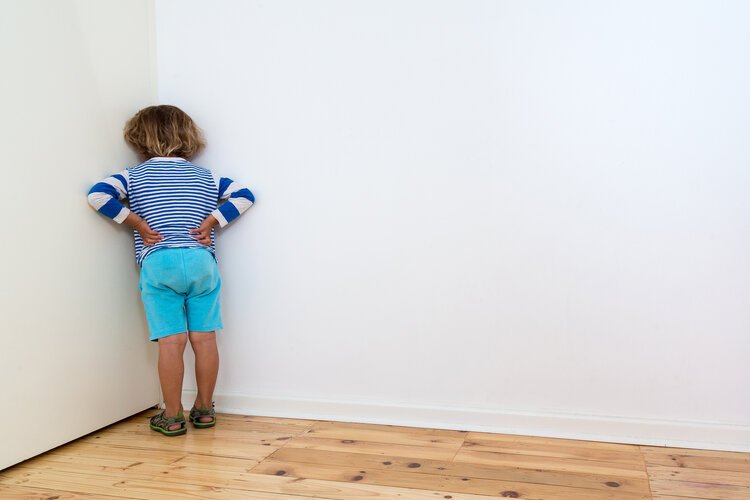Time Outs
Everybody has heard of Time Outs. They involve the removal of the child from the environment for a short period of time in response to an undesired action. They work best when used with “Time ins” (see the previous article) where your undivided attention is directed at your kids. A problem arises if you have not put in the work for “Time Ins” because then the child may crave your attention so much that even negative interactions are better than no interaction.
Here is how “Time Outs” work: You can have the child go to a corner, a chair, or any spot you designate as the “time out spot”. If they are too young to go willingly, it is acceptable to hold them facing the wall. The general rule is it should last about a minute per age (so a two year old should have a two minute time out). Remember, this is not a time to lecture or for them to tell you what they did wrong. A simple “Hitting is not acceptable behavior, go to timeout please.” is the most discussion you should have. For the age we are using this technique, toddler years, the logic to discuss why it was wrong is not helpful because they do not understand those thought processes yet.
Try as best as you can to do this in a very matter of fact way. You are not “mad “at them. You simply disapprove of the behavior. After the “Time Out” is over, go back to what you were doing before. Do not hug, kiss or show affection to your child immediately afterwards, because then you reinforce the bad behavior. Let them resume their previous activity.
The key to “Time Outs” is consistency. The infraction should be punished immediately every time. (Okay people, stop laughing and get off the floor. I know you mothers are doing 87,000 things at once and cannot see every time Timmy pulls Sarah’s hair) Do the best you can. Do not give warnings as these only encourage your child not to believe what you say. And do not try to correct every issue. Start with the most pressing. Once you have effected change in the worst behavior, you can then concentrate on the second worst. For instance, if Johnny has a habit of biting his friends and screaming during playtime. Pick the more egregious, biting in this example as it can hurt someone. Emphasis immediate “Time Outs” every time he bites. Then once this behavior has stopped, you can turn your attention to the other behaviors you want to change. Under the age of two, I typically only concentrate on dangerous or harmful actions. Later we can work on correcting more social behaviors.
Pearl: Consistent “Time Outs” do change behavior.
Homework: If you have not been using Time outs, sit down with your child and explain the new system. Once explained it is in effect. No warnings or “next time”. If they commit the Time Outable offense, they must do the time (Out). Every time they commit the offense, they receive a Time Out. It may take hours or even days but with steady consistency, the behavior will change.
Good luck,
- Dr. Mark Gettleman, Just Kids Pediatrics

